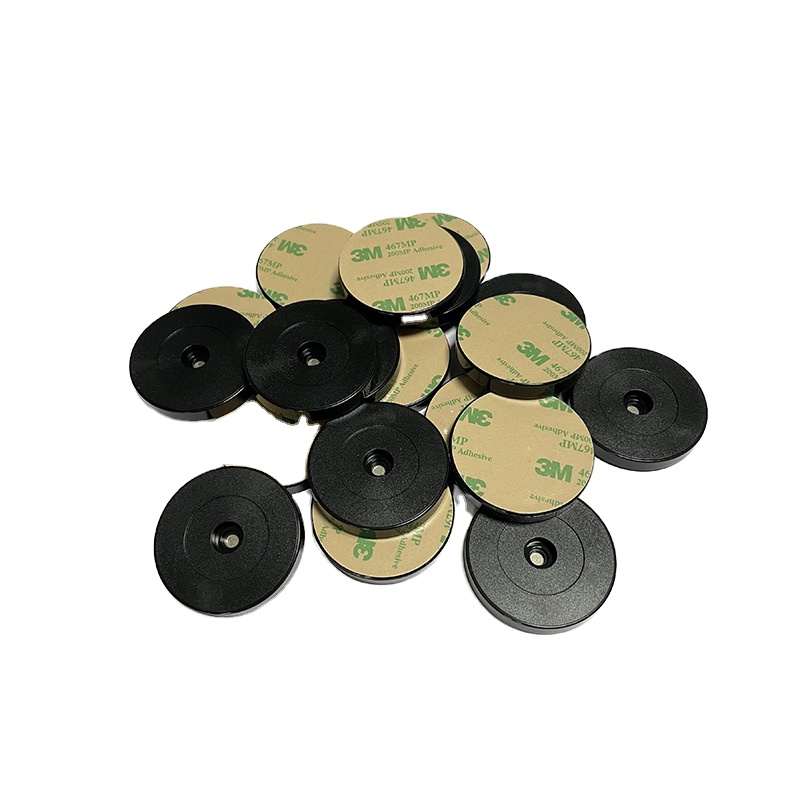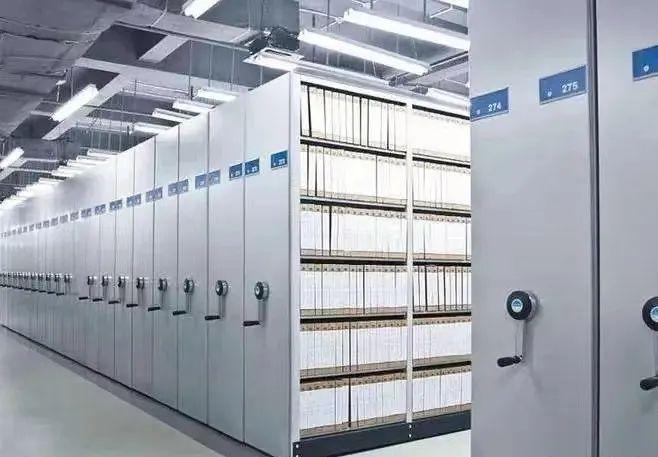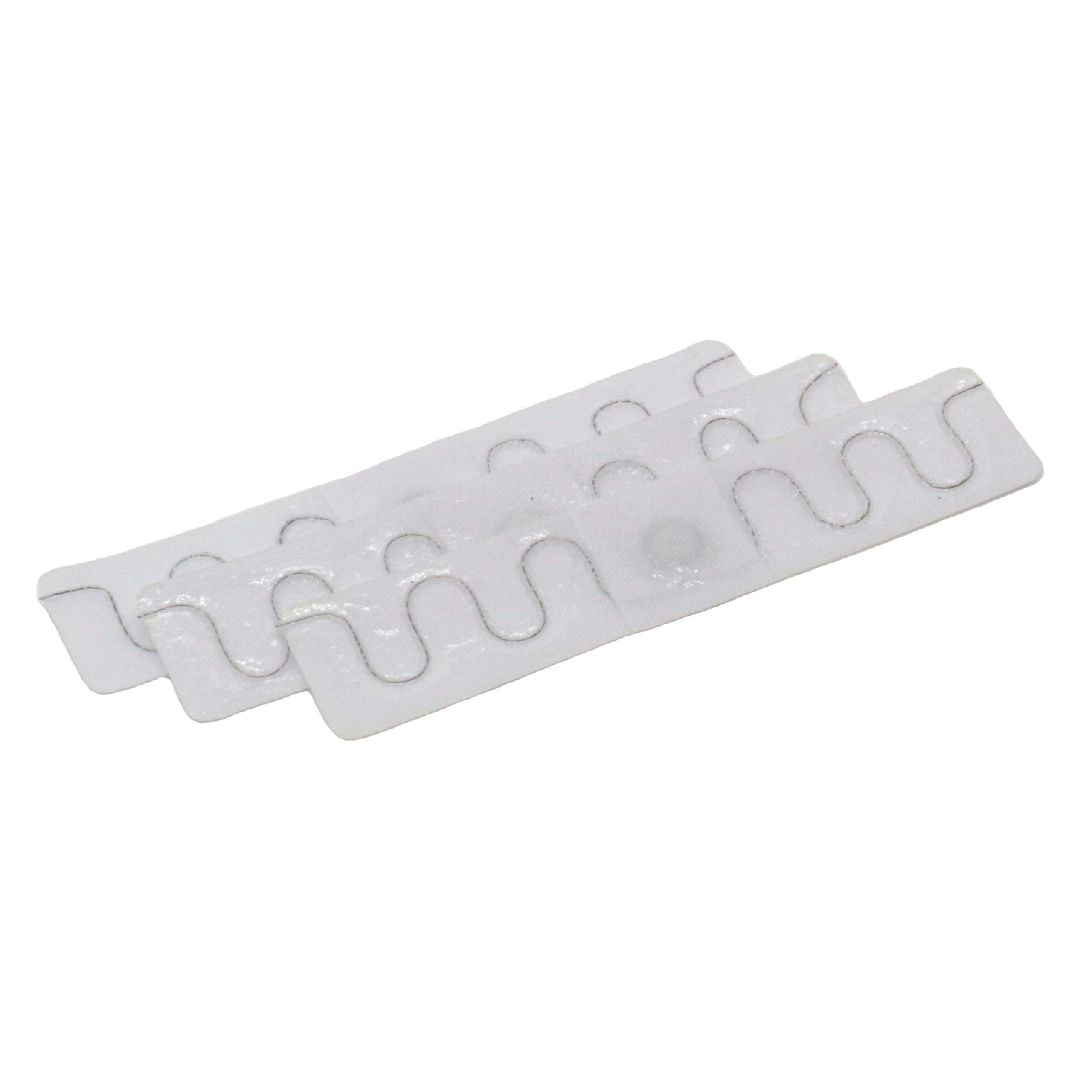Can supermarket shopping carts also “watch their own home”? –Use RFID technology to prevent shopping carts from being lost
In supermarkets, shopping carts are like “good helpers” to help us carry large and small bags. But did you know? These shopping carts are actually very easy to lose. Some are pushed away, some are stolen, and some just disappear. In the past, supermarkets could only rely on employees to check one by one, which was not only hard work, but also often unpreventable.
Now, we use a high-tech called RFID (radio frequency identification) to install “locators” on shopping carts, so that they can “watch their own home” and will immediately alarm once they leave the supermarket range!

How does this system work?
This shopping cart anti-lost system is actually like installing an “ID card” and “eyes” on each car, and it can also communicate with the backend through the Internet. Let’s take a look at how it works step by step:
1. Attach an “ID card” to the shopping cart-anti-metal RFID tag
Each shopping cart will be affixed with 2 to 3 special tags, which are specially designed to be not afraid of metal interference (because the shopping cart is metal) and are not easy to be damaged or removed. The operating frequency of this tag is 13.56MHz, just like we swipe the access card.
These tags are like the ID card of the shopping cart. They can store various information from 144 bytes to 1K, such as car number, location, status, etc., and can be repeatedly written and erased 100,000 times, which is very durable.
2. Install “eyes” at the exit-RFID reader
At the exit or corner of the supermarket, we installed high-performance card readers, which will automatically “read” the information of the shopping cart tag, just like “eyes”. Once they see the shopping cart approaching the exit, they will identify it.
3. “Speak” with 4G network-data transmission layer
After these “eyes” see the shopping cart, they will send the data to the management platform through the 4G network, which is the “brain” of the supermarket.

How to install this system?
Don’t worry, the installation is not complicated:
First install the hardware: Fix the card reader on the ceiling or pillar to ensure that the signal covers the entire exit area. The label is firmly attached to the shopping cart and is not easy to fall off.
Then connect the software: The system can use the original network of the supermarket, or choose local server or cloud operation, which is flexible and convenient.
Finally, do the test: simulate the shopping cart entry and exit scene, test the alarm effect, adjust the angle and distance, and ensure accuracy.
Conclusion: Small tag, big power
Although this RFID tag is only the size of a coin and is made of environmentally friendly PET material, it can store a lot of information and supports various chips, such as MIFARE, NTAG, etc. The reading distance is 1-5 cm. It is not only small and sensitive, but also can be customized according to needs.
Through it, we can make the supermarket shopping cart “smarter” to help ourselves watch the door, watch the road, and not get lost. This is not only a big step forward in anti-loss, but also an important step for the retail industry to “intelligent management”!













